The Many Jobs of Silent E + Freebies!!
This post may contain affiliate links, and I will earn a commission if you purchase through these links. Please read the disclosure policy for more details.
Did you know that silent e does more than just make the previous vowel say its name? In fact, a final silent e has 6 other jobs in addition to this!
I didn’t know about these other jobs but once I learned, it made so much sense. Hopefully, this overview helps you understand the other jobs of silent E.
Silent E Has 7 Jobs
- Silent E makes the vowel before it say its name, as in cake and mine.
- Silent E can make c and g soft, as in ice and page.
- Silent E keeps i, u, and v from being the last letter, as in have, clue, and tie.
- Silent E can show that a word is not plural, as in horse, moose, and please.
- Silent E adds a vowel to syllables with the consontant -le pattern, as in purple and bottle.
- Silent E make th say its voiced sound /
th/, as in bathe and breathe. - Silent E distinguishes the meaning of a word, as in aw and awe.

Download this anchor chart by signing up for my email list below and heading over to my freebies library after. If you’re already a subscriber, just log into the freebies library to access it.
Grab 12 FREE phonics word lists & anchor charts by subscribing to my list!
*Most school spam filters block my emails, so please use a personal email.

Job 1: The vowel consonant e syllable
In the VCE word, the silent e helps the vowel before it say its name. This is the most common job of silent e and the one you can start off with.
For example, let’s look at the word cap. If we add a silent e, the word now becomes cape. The a goes from making a short sound to a long sound. This is because the silent e works with the a to help it say its name.
Read more: How To Teach Silent E Words – The Vowel-Consonant-E Syllable

Job 2: Soft C and G
Adding a silent e after the letter c or g makes them switch from their hard sound to a soft sound. This is also true when adding i or y after c and g: gym, giant, cycle, city
C is usually taught as making the sound /k/, but it also makes the /s/ sound when it’s followed by an e, i, or y (face, prince, city, cycle). And g switches from making its hard sound as in game to its soft sound /j/ as in cage, gym, and giant.
When working on this rule, you can also talk about -ck, -ke, and the -dge endings. Sorting activities are great for working on this rule.
Job 3: English words don’t end in the letters i, u, or v
Did you even know this was a rule? I had no idea! But it’s true. English words don’t end in i, u, or v. And the key here is “English words”, not words we have borrowed from other languages.
There are also other spellings of these ending sounds, such as y in place of i for words that end with the long i sound (my), and ew for words that end in the long u sound (chew).
Let’s have a look at a few words: love, give, hue, true, clue, pie, tie. These all have a silent e that keeps them from ending in i, u, or v.

Job 4: Plural Clarification
Sometimes the silent e is added to show that a word is not plural, because it would otherwise look plural without it.
Since most words that end in s are plural, the silent e helps us see the word is not plural. There are a few exceptions, such as has, is, us, and as. And the Floss rule needs to be considered as well (words like kiss that end in double s).
For example, let’s consider the words dens and dense. The added silent e makes a difference! Other examples are moose, lapse, and please.
Job 5: The Consonant-le Syllable
Remember that all syllables need one vowel sound, so the silent e in the c+le syllable adds that vowel sound.
These syllables end up making a schwa sound instead of the normal short or long e sound, but without that silent e it would just be consonants and we can’t have that because every syllable needs a vowel!
Read more: How To Teach The Consonant -le Syllable

Job 6: The Voiced /th/ Sound
TH makes two sounds: unvoiced and voiced. Words with the unvoiced TH are math, bath, and thumb. This is the softer sounding TH sound. Words with the voiced TH include bathe, the, and this. This is the harder sounding TH sound.
Adding a silent e after th make it say the voiced sound, as in bathe, clothe, and teethe.
Job 7: Clarify The Meaning
Sometimes the silent e is added to clarify the meaning of a word, because it’s so similar to another word. For example, the words by and bye are almost the same, but the added silent e tells us which meaning it is.
I hope this post has helped you learn more about how silent e does more than just make a vowel say its name. Hopefully, this can help you when teaching about silent e and other spelling and phonics patterns. I find students understand spelling patterns and “irregular” words much better when there is an explanation for each letter.
Don’t forget to check out my silent e resources below!
Want to remember this? Save The Many Jobs of Silent E to your favorite Pinterest board!





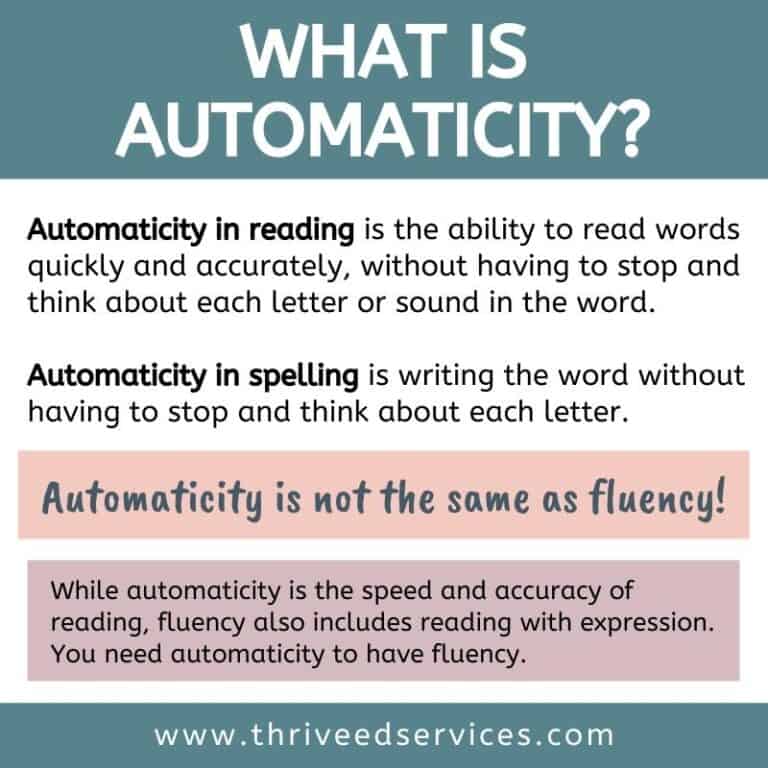
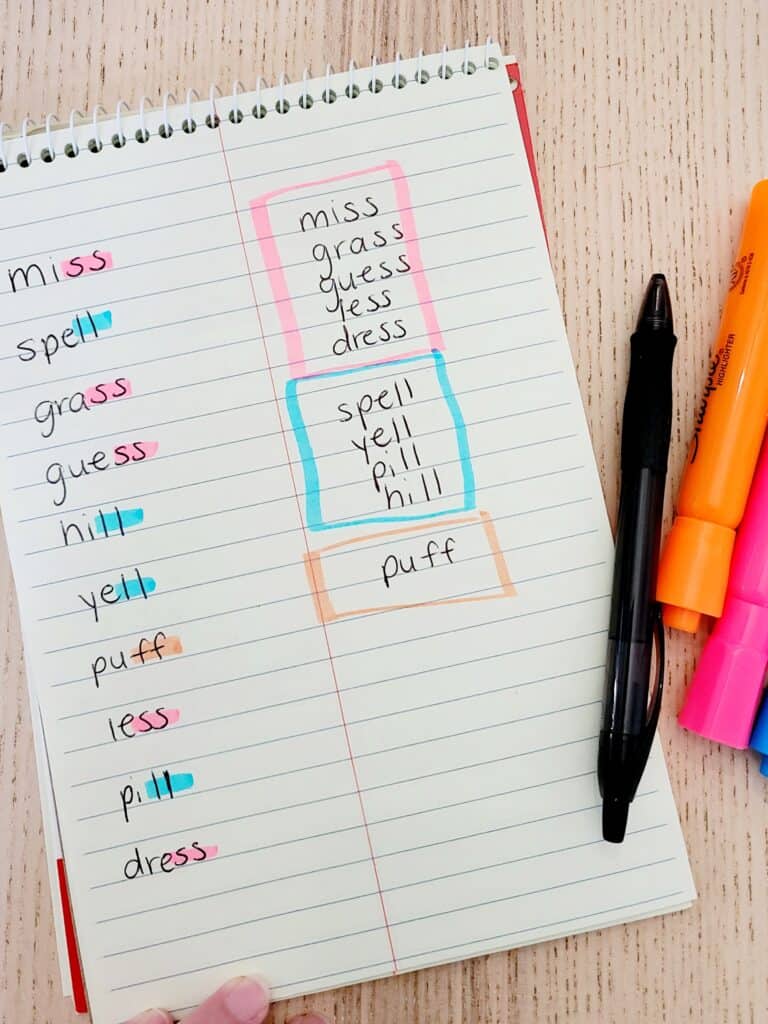
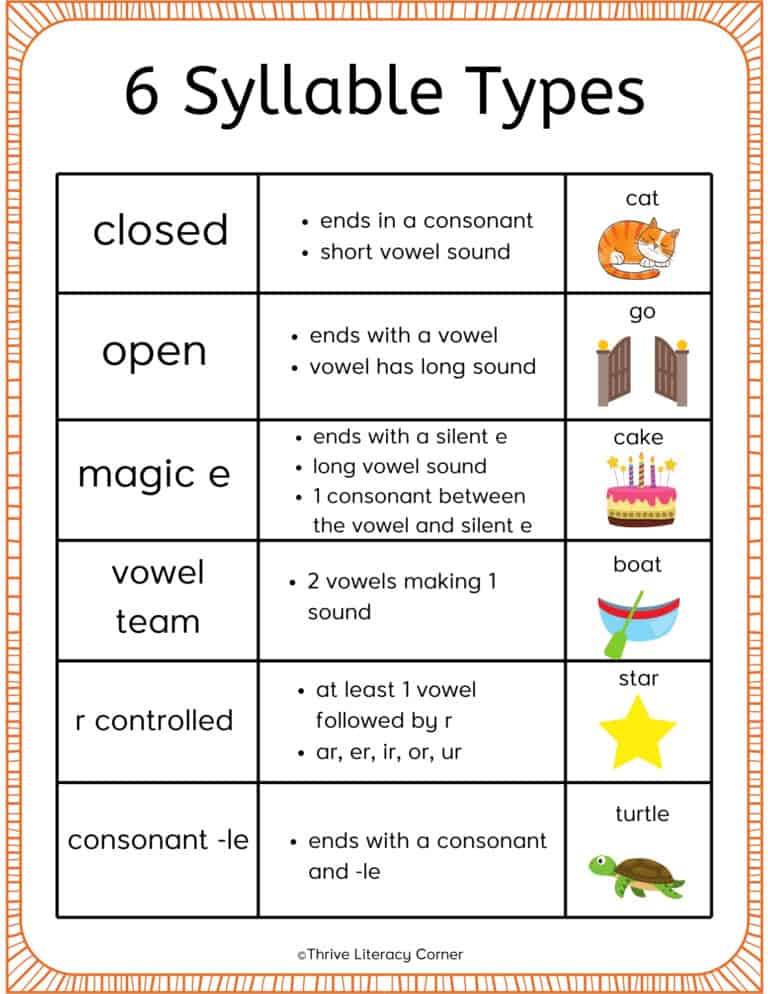
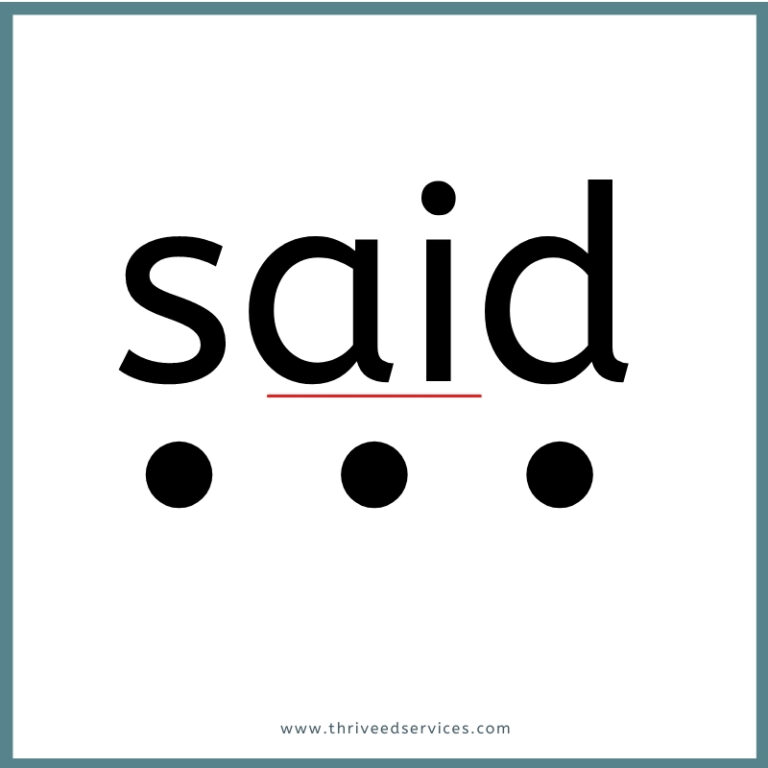
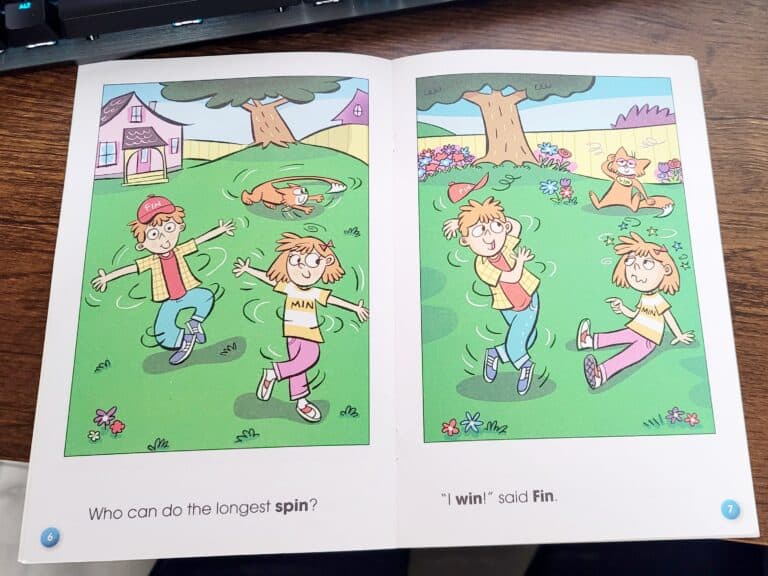
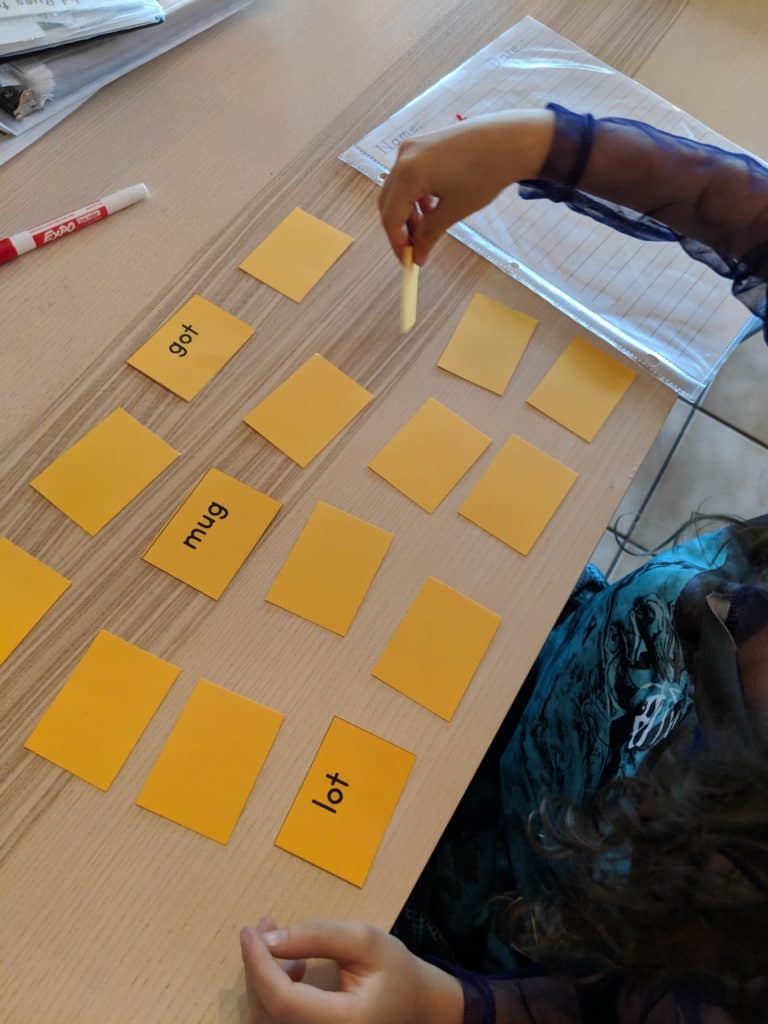
I’m a subscriber, but I’m not sure where to find the password to the freebies library. Thanks
Hi Amy. You can find the password at the bottom of every email I send out. If you can’t find one, email me at info@thriveedservices.com and I’ll send it to you.
Hi! I think “Job 4: Plural Clarification” is confusing when using the word moose as an example, because the word for more than one moose (i.e. plural moose) is also “moose”. The silent e clarifies that it is moose the animal not many moos like the sound a cow makes, but moose is still plural. The syllable types and job of silent e are clearly laid out otherwise, thank you for these resources!
That’s a great point. Thanks for sharing!